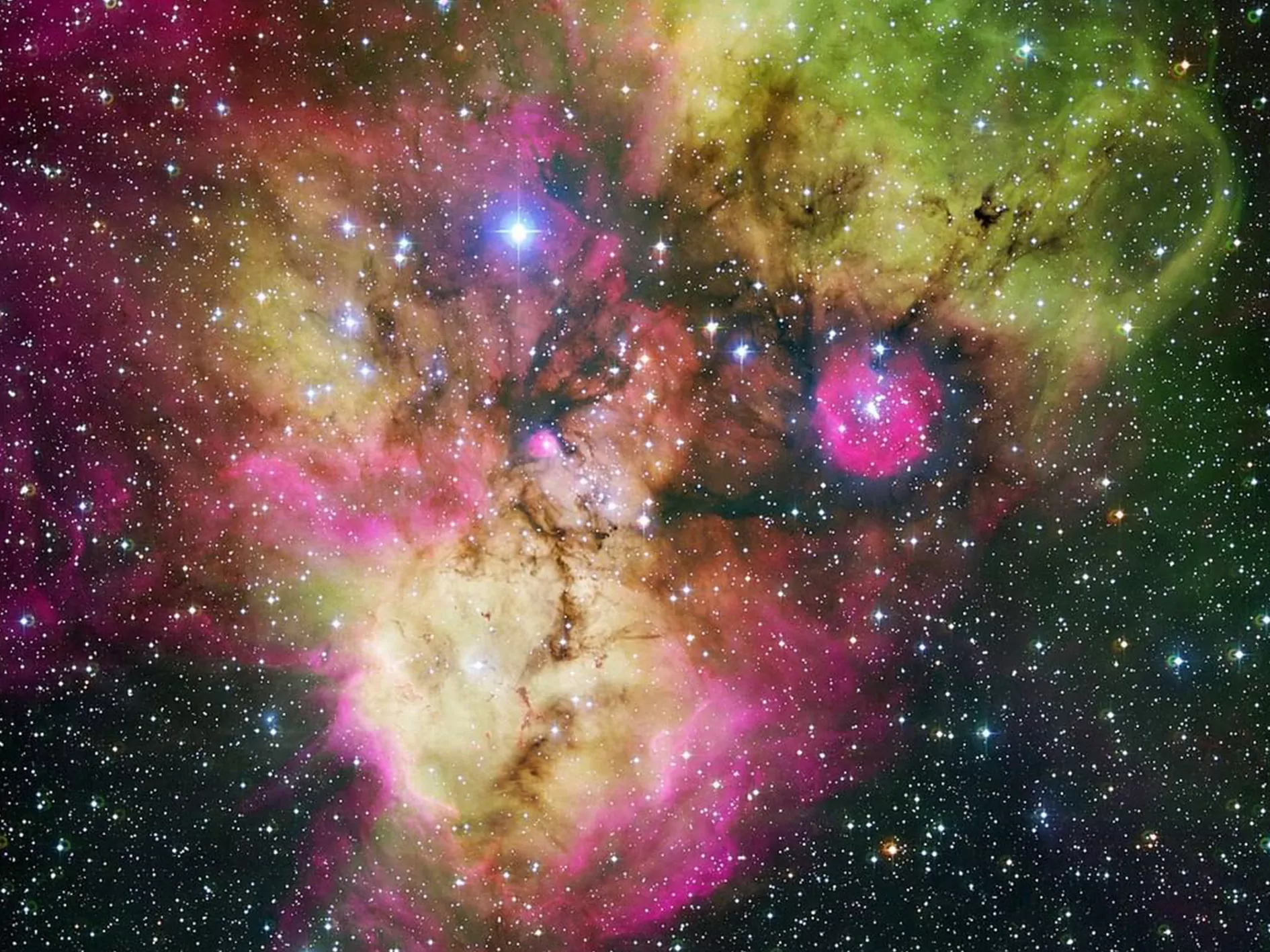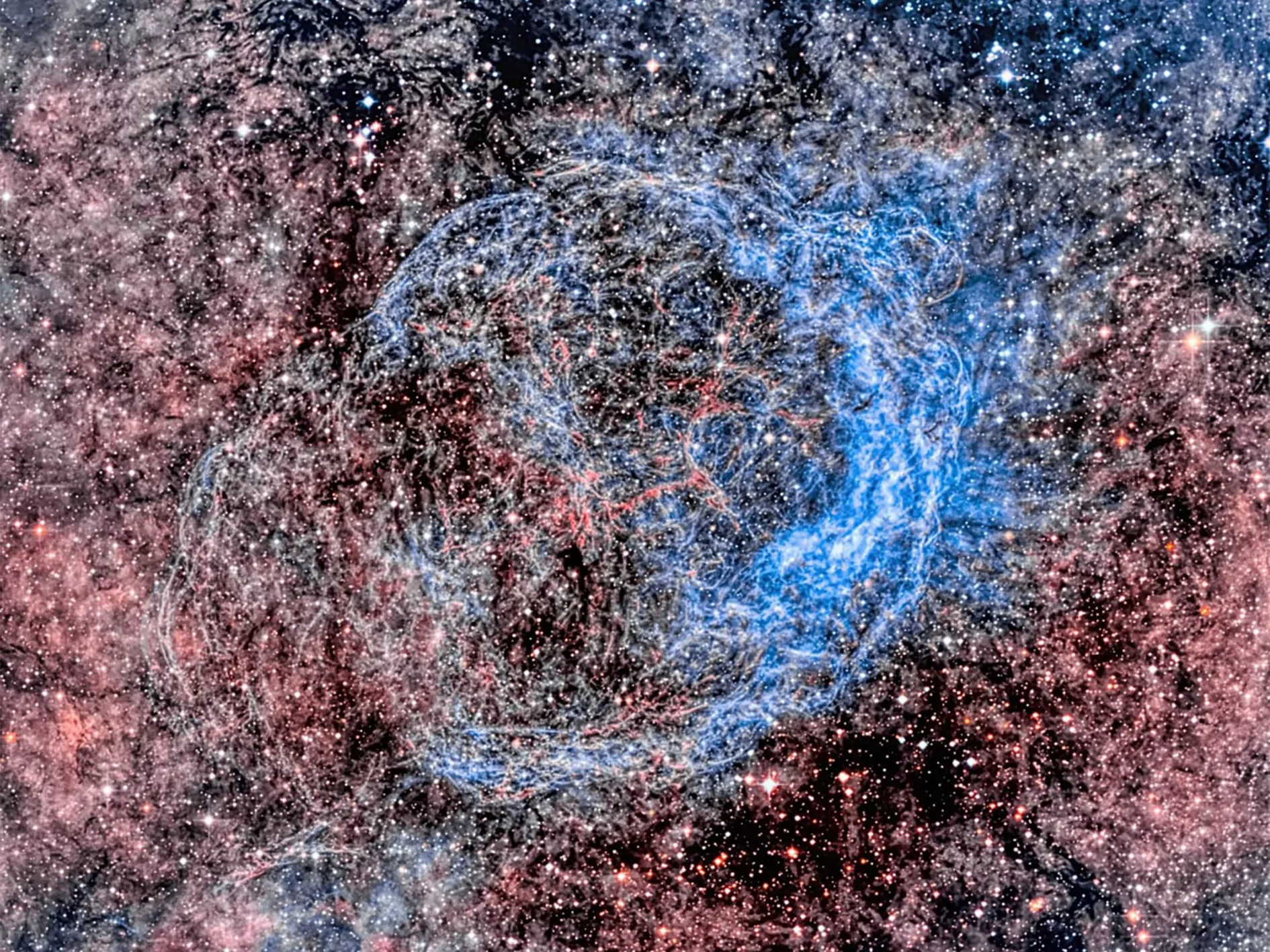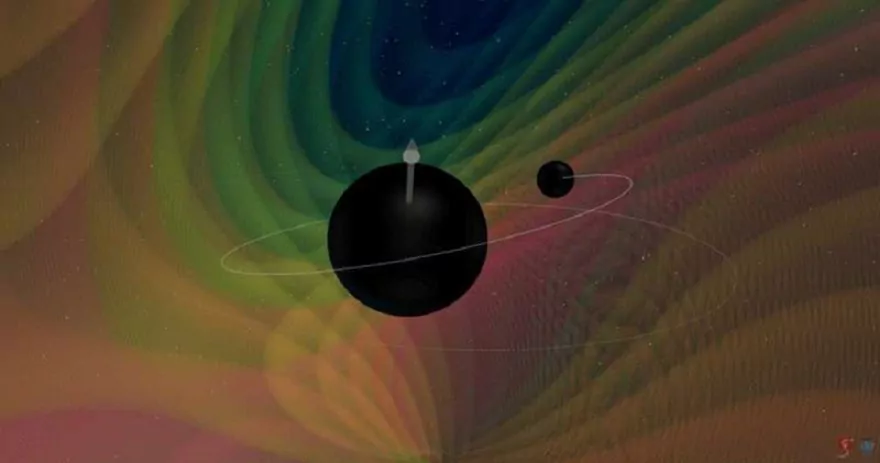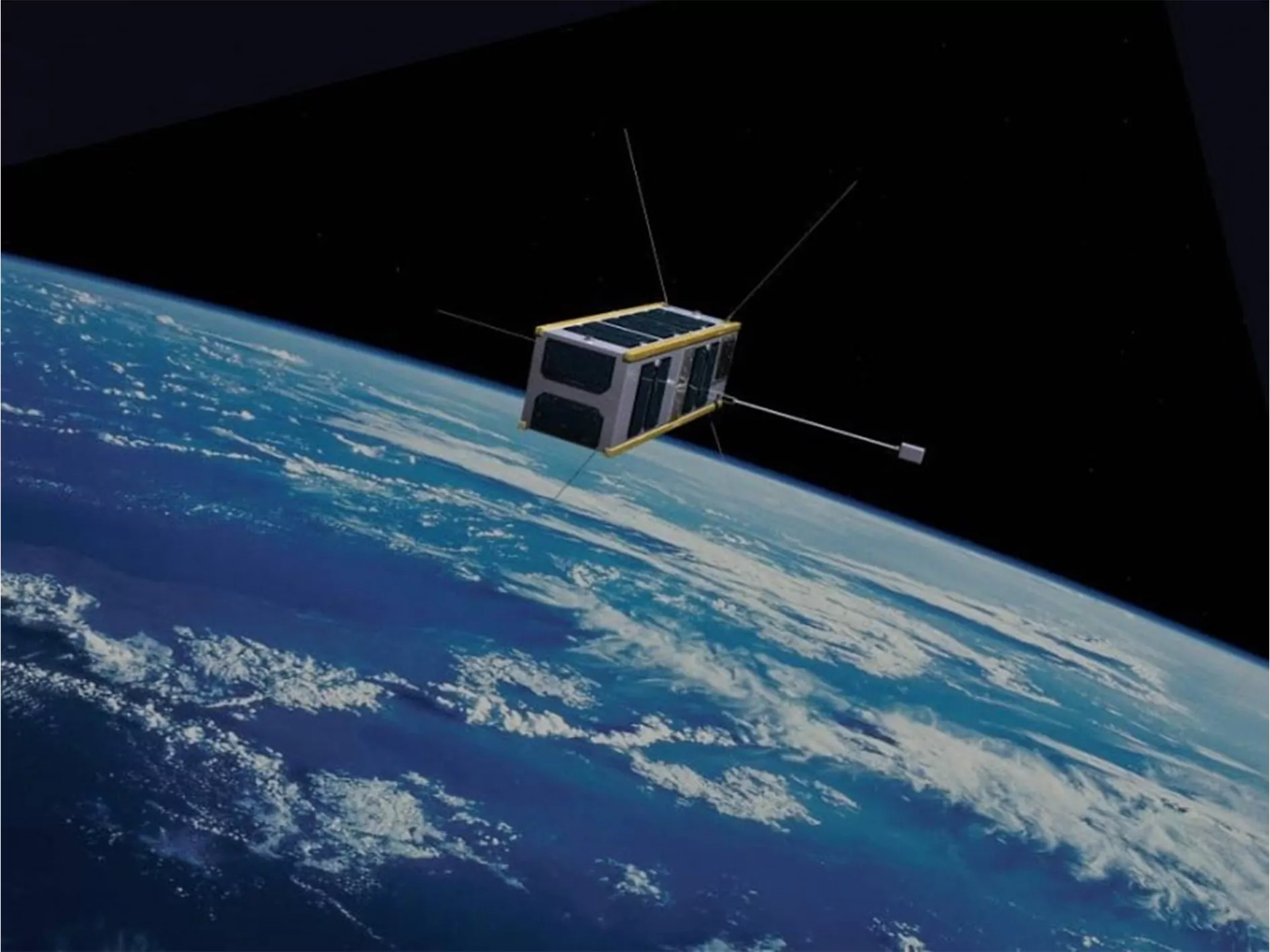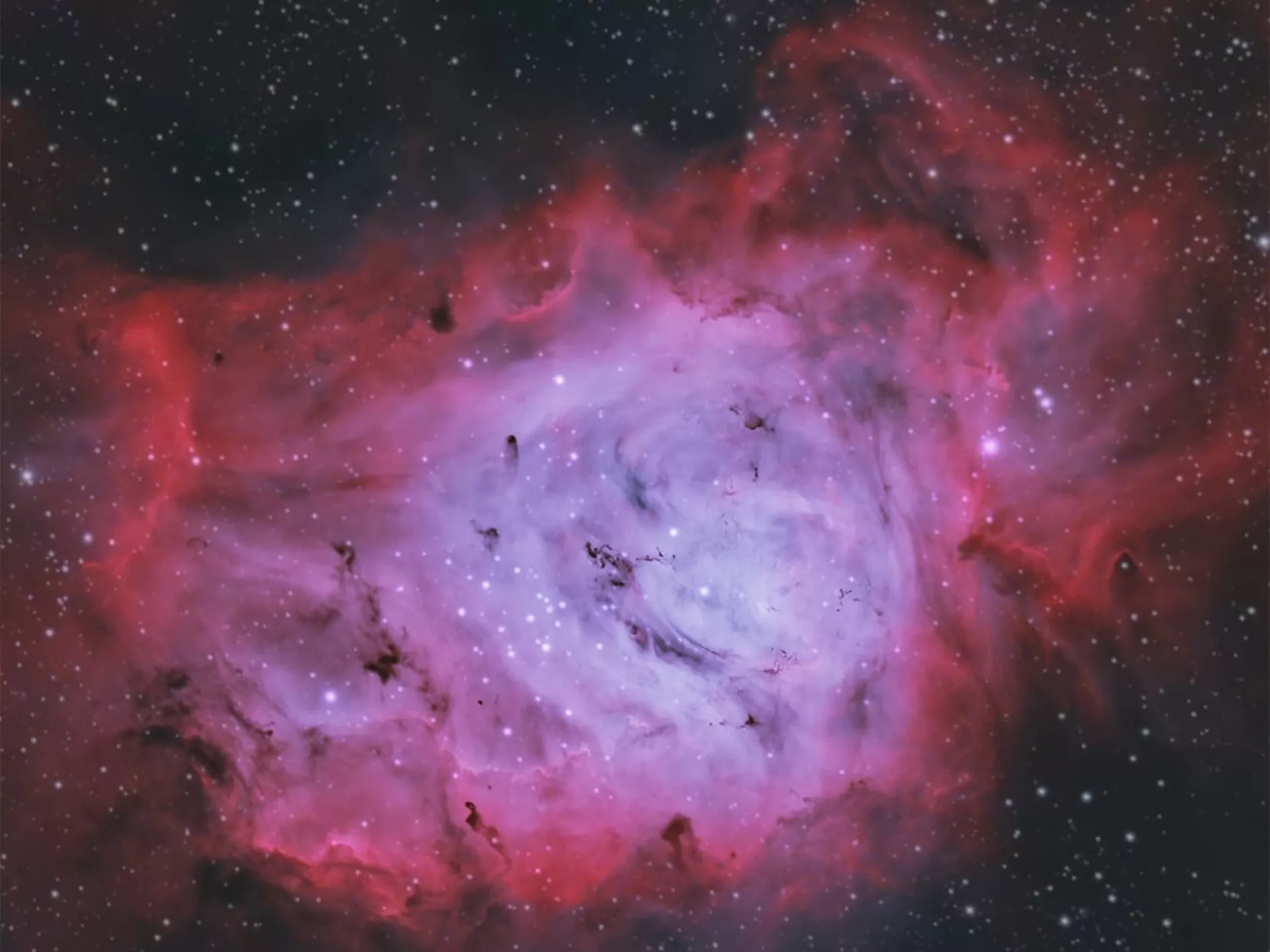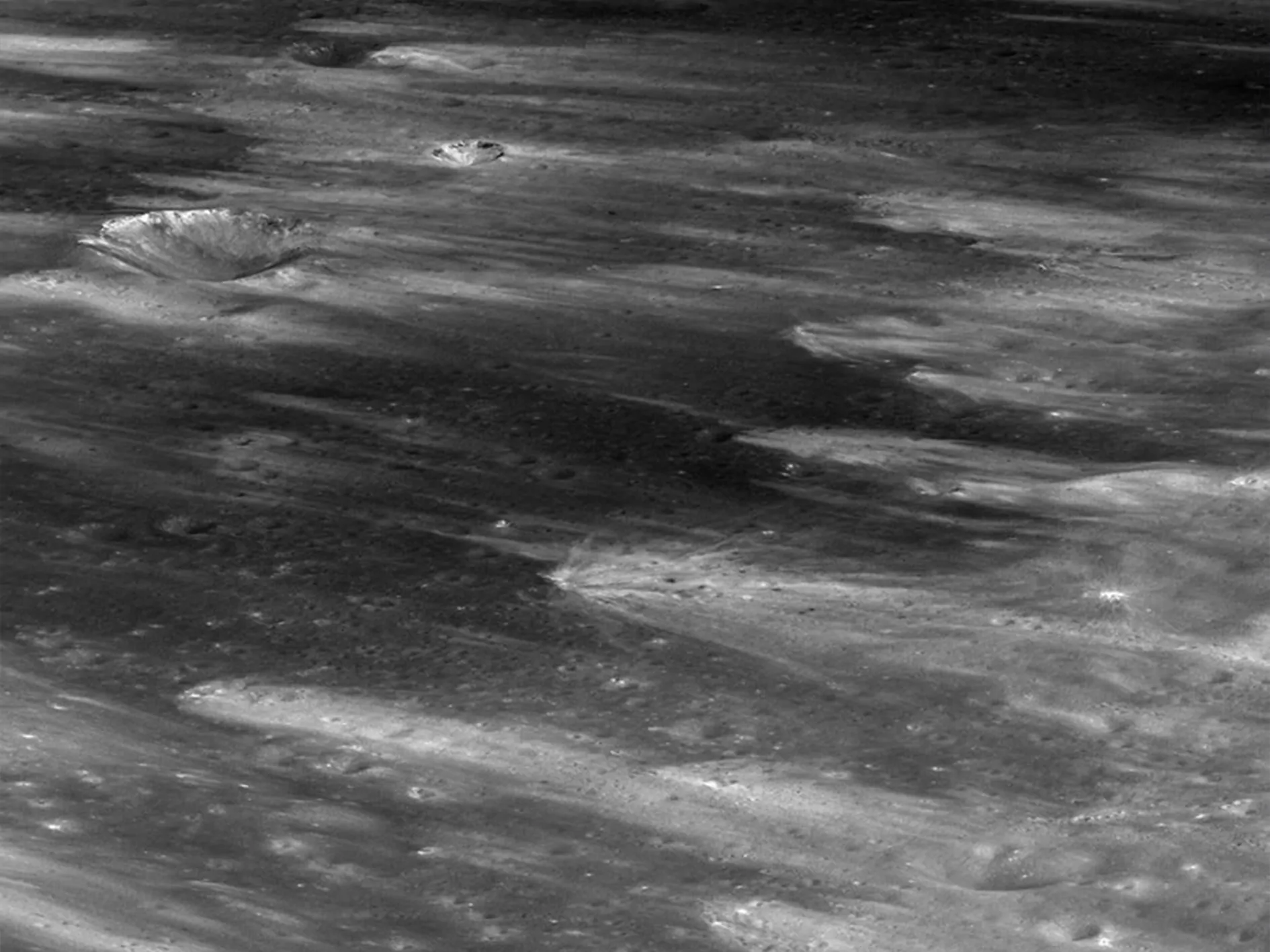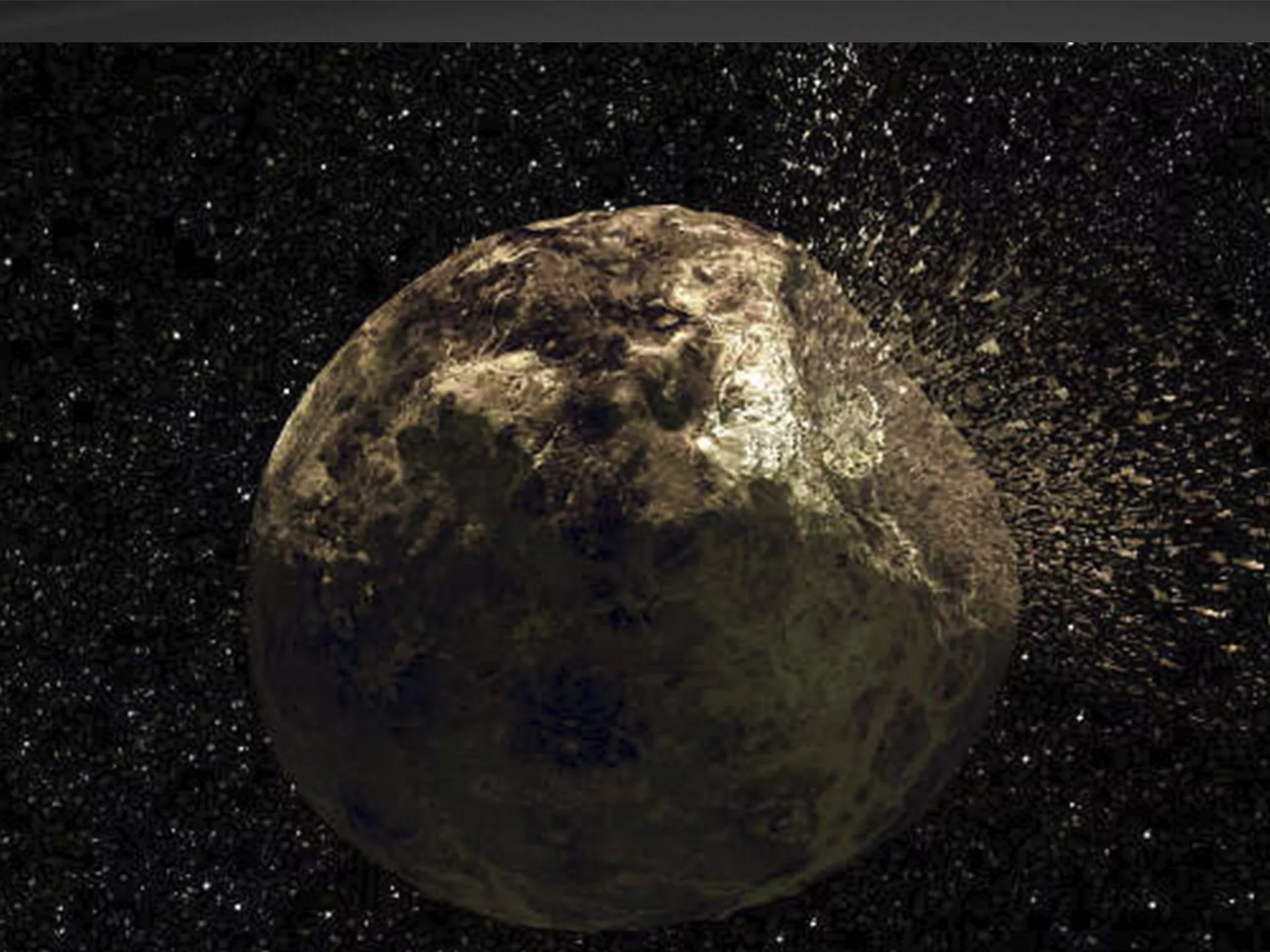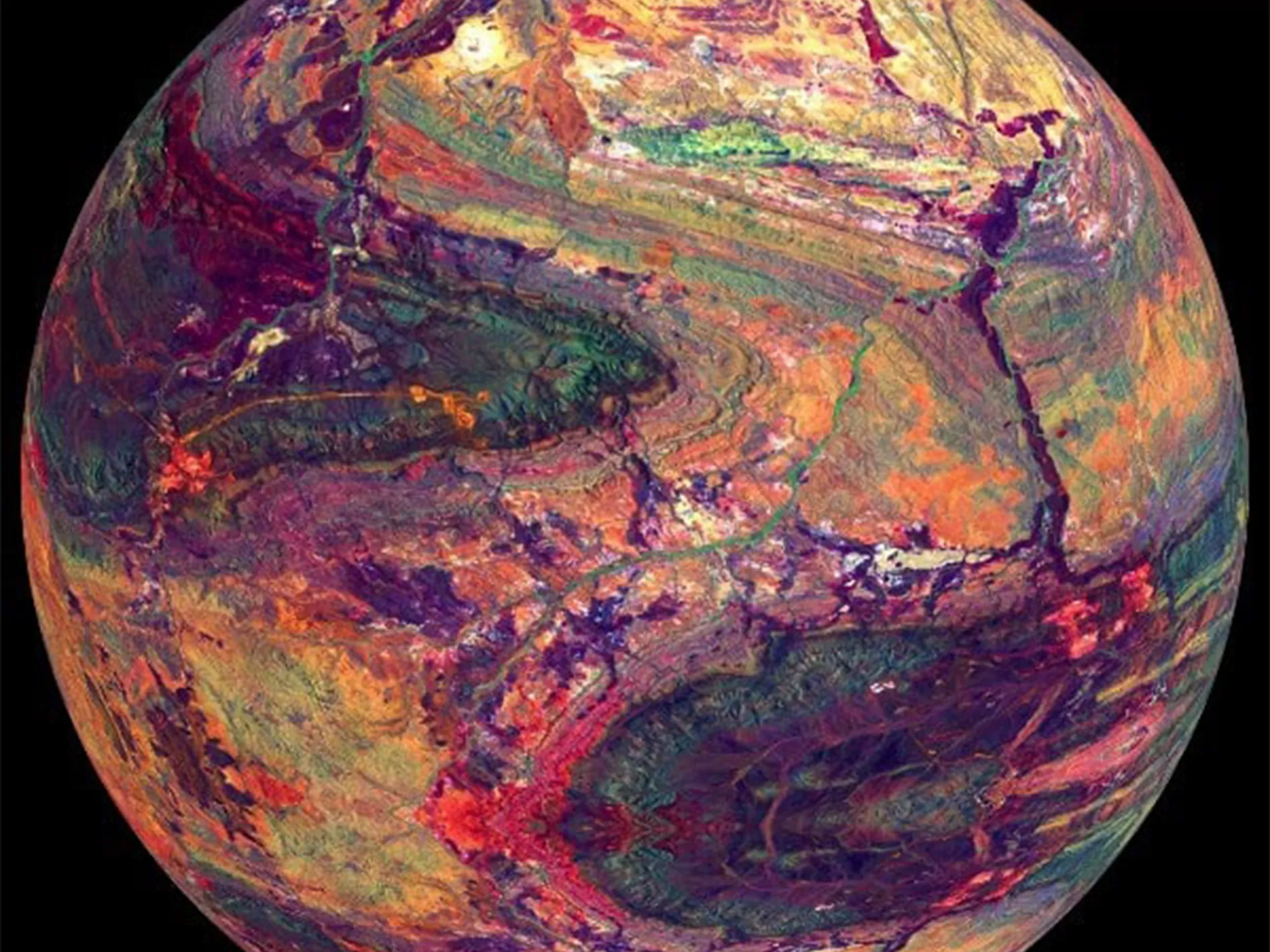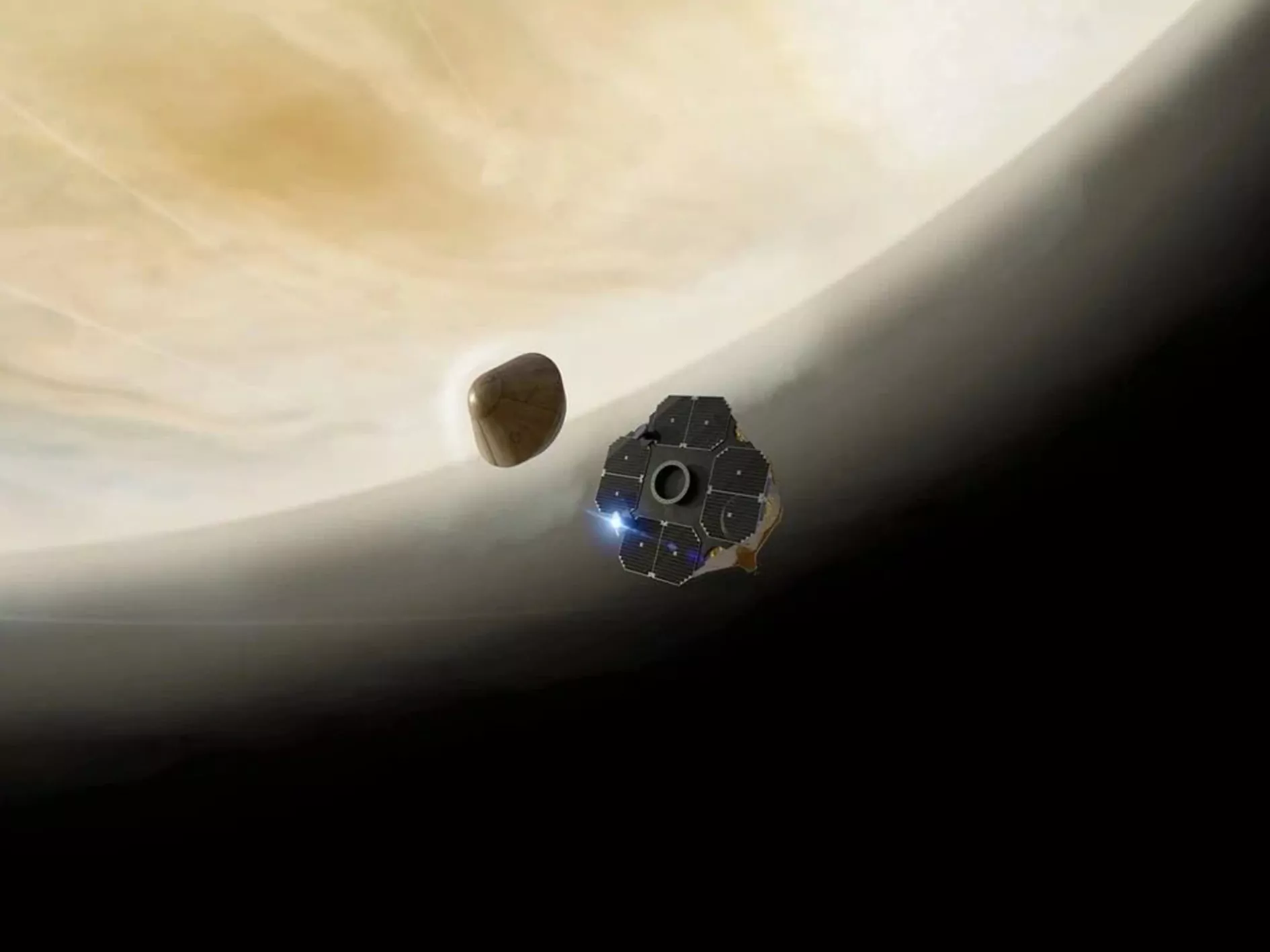-
Here is NGC 2467 — a scattered star cluster with an emission nebula

This is NGC 2467, a scattered star cluster with an emission nebula 17,000 light-years away from Earth. An emission nebula is an interstellar cloud emitting in the optical range due to the ionization of its own gas. The gas is ionized in the process of active interaction with young unstable stars.
-
Why does one side of the nebula surrounding the star WR-18 glow brighter?

The active star and its associated nebula, known as NGC 3199, are located at a distance of 12 thousand sv. years in the southern constellation of Kiel. The size of the nebula is 75 light years. Near the center is the Wolf-Rayet star WR-18 – a massive star with a short life, emitting a powerful…
-
Neutrinos can form when black holes merge

A neutrino is an elementary particle that has neither charge nor mass. The whole space around us is saturated with them, but they hardly interact with other matters. Therefore, it is extremely difficult to establish their source. Scientists have studied the results of observing neutrinos in the IceCube detector. They came to the conclusion that…
-
Zimbabwe launched the first nanosatellite

Zimbabwe on Monday announced the launch into space of its first nanosatellite, which will collect data to monitor natural disasters, develop agriculture and improve the mapping of minerals. A rocket carrying a tiny satellite, dubbed SIMSAT-1, has successfully launched from Virginia along with Uganda’s first satellite as part of a multinational project of the Japan…
-
Lagoon Nebula (M8 or NGC 6523)

The nebula contains a scattered star cluster and several star-forming regions. The red glow is caused by glowing hydrogen, while the dark fibers are dense streaks of dust. The distance to the object is 5 thousand light years. The «lagoon» can be seen with binoculars in the constellation Sagittarius. It occupies an area in the…
-
A curious snapshot of the lunar surface

The LRO mission support group published a picture of the lunar surface. He demonstrates one of the rays surrounding the crater Bruno. Anyone who has ever looked at the moon using optics has probably paid attention to the characteristic bright rays that stretch from some of its craters. These structures are of shock origin. When…
-
Gigaea

Hygeia is the fourth largest object in the asteroid belt after Ceres, Vesta and Pallas. Recently it was discovered that the asteroid has a spherical shape, which means that there is every chance of getting the status of a dwarf planet of the Solar System. It orbits the Sun, is not a satellite of the…
-
TESS has discovered a new planet of red-hot iron the size of Mars

A new astronomical object was discovered by chance during observations of the red dwarf GJ367. The new exoplanet resembles Mars in size, but it looks like Mercury in metals and appearance. The planet is located near the Sun, the surface temperature is 1500 degrees, which excludes any form of life. In addition, this planet makes…
-
«Earth is not the only place where there is life»

Albert Einstein At the beginning of 1920, Einstein was asked what he thought about the idea of the existence of extraterrestrial intelligent life. Einstein replied as follows: «Earth is not the only place where there is life. Probably, there may be inhabitants on the same Mars or some other objects of the Solar System, but…
-
Rocket Lab Aerospace Company

On May 24, 2023, the private American aerospace company Rocket Lab, using its Electron rocket, will send its own Photon spacecraft to Venus, which will have to collect data on the chemical composition of its atmosphere. The backup launch window will be available in January 2025.⠀In October 2023, Photon will enter orbit around Venus, and…
